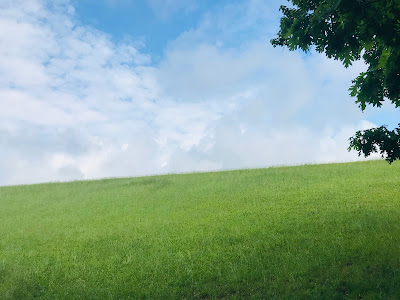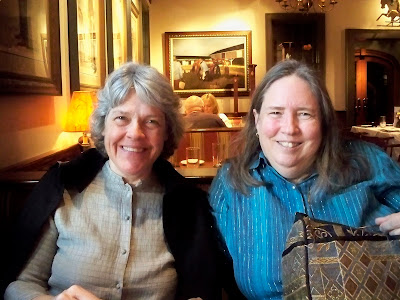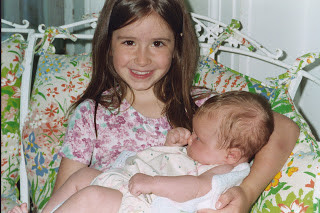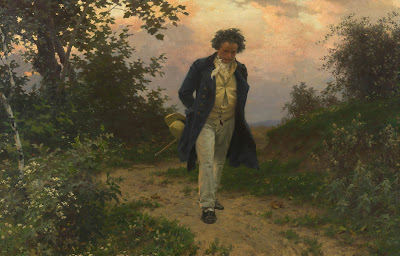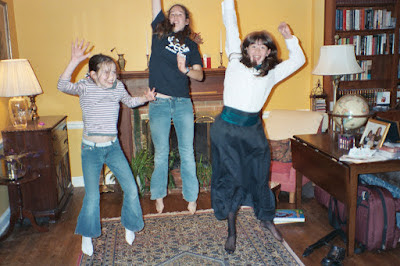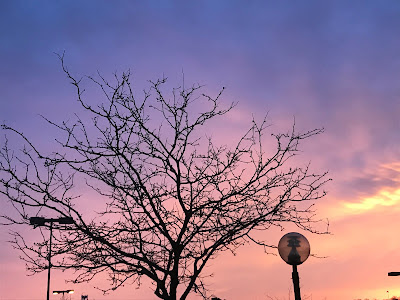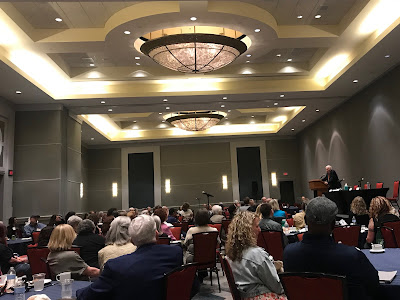I met Nancy on our first day at Hanover College when we were homesick 18-year-olds. We missed our families, we loved to travel, we lived across the hall from each other. So we neglected our bio lab reports and stayed up late to hatch crazy schemes. Maybe we’d take a tramp steamer across the Atlantic or be chambermaids in a Swiss hotel. We didn’t quite pull off those adventures, but we did travel through Europe for two months on $5 ($3?) a day, surviving on baguettes and water. We’d gotten so skinny that Nancy’s own grandmother didn’t recognize her when she picked us up at the airport.
Nancy and I stayed close through college and early adulthood. When Tom (another Hanoverian) and I moved to northern Virginia, Nancy, who’d lived here since grad school, quickly became an honorary aunt to our three daughters.
Through the years, Nancy was at most every birthday party, graduation and other special event. She’s part of Suzanne’s first memory because it was Aunt Nancy who took care of her when Claire was born. Nancy even loved our sweet rascal of a dog, Copper.
Nancy was a lawyer, historian and indexer extraordinaire. A proud member of the Daughters of the American Revolution, she traced her lineage back to Revolutionary War stock. One of her first and most notable jobs was at Mount Vernon, Washington’s home.
Nancy continued to travel the country and the world, skiing in Colorado, bicycling in the Netherlands, visiting Israel, Jordan, Greece and Eastern Europe. For the last eight years or so, her travel has been up and down I-95 as she spent much time in Massachusetts caring for her parents. A devoted daughter, a loving sister, an exemplary friend.
Three weeks ago, we learned that Nancy, always caring for others, was seriously ill herself. Friends and family flocked to her side. Her older sister dropped everything and virtually lived at the hospital. We saw Nancy as much as we could, but not nearly enough. It’s never enough when you can’t imagine the world without the person you’re visiting.
Nancy slipped away over the weekend. I still can’t believe it. I wonder if I ever will.
(Nancy, right, with our pal Peggy, another dear college friend)


